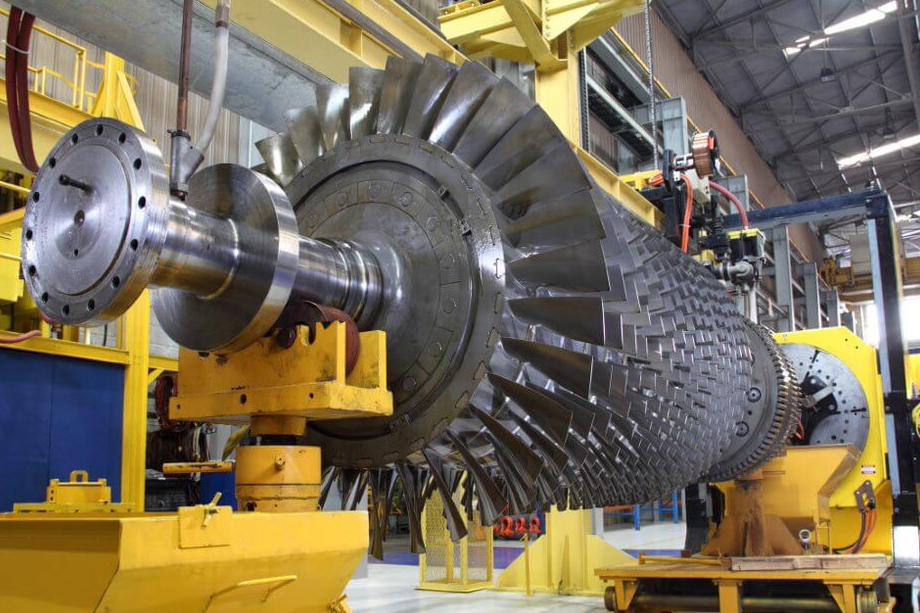How does the cost of 3D printing compare to traditional manufacturing for low-volume production?
How Does the Cost of 3D Printing Compare to Traditional Manufacturing for Low-Volume Production?
No Tooling Cost and Rapid Setup
Traditional manufacturing methods like injection molding, casting, and CNC machining require expensive tooling, molds, or fixtures. These costs are justified for high-volume production but become a significant burden at low volumes. In contrast, 3D printing builds parts directly from digital models without molds or jigs, eliminating tooling costs entirely. This makes additive manufacturing highly cost-effective for prototyping, product iteration, and small batch runs of 1–500 units.
Lower Initial Investment and Shorter Lead Time
With traditional methods, the cost per part decreases only after tooling amortization—typically requiring thousands of parts. 3D printing maintains a flat cost-per-part curve regardless of quantity, offering a lower total cost for low-volume production. It also enables faster lead times, since there’s no need to fabricate tooling, allowing manufacturers to deliver custom components in days rather than weeks. This is particularly valuable in rapid prototyping, medical, and aerospace markets.
Flexible Design Changes Without Re-Tooling
Traditional processes require tooling modifications for any design change, which increases both time and cost. 3D printing accommodates revisions at no extra setup cost, making it ideal for iterative design, engineering validation, or custom-fit medical devices. This flexibility provides cost savings during product development and small-scale customization in consumer electronics or fashion and jewelry.
Material and Unit Cost Considerations
While 3D printing materials (especially metal powders and high-performance resins) can be more expensive per kilogram than bulk stock used in traditional machining, the elimination of waste and shorter processing steps often compensate for this. For example, Titanium 3D Printing can be more economical than subtractive machining of titanium billets when geometries are complex or material removal rates are high.
Scalability Threshold
For volumes above 1,000–2,000 units, traditional manufacturing typically becomes more economical due to lower per-unit cost with amortized tooling. However, for volumes below 500 units—especially for complex, customized, or geometrically intricate parts—3D printing offers significant cost and time advantages.
Recommended Services for Low-Volume Production
Neway supports efficient low-volume manufacturing across various industries:
Plastic 3D Printing: For low-cost prototypes and production-grade parts
Resin 3D Printing: For high-resolution, small-batch medical or consumer components
Titanium 3D Printing: For low-quantity, high-performance aerospace or biomedical parts
Superalloy 3D Printing: For critical engine and turbine components
CNC Machining: For hybrid or post-processed low-volume parts with precision tolerances



